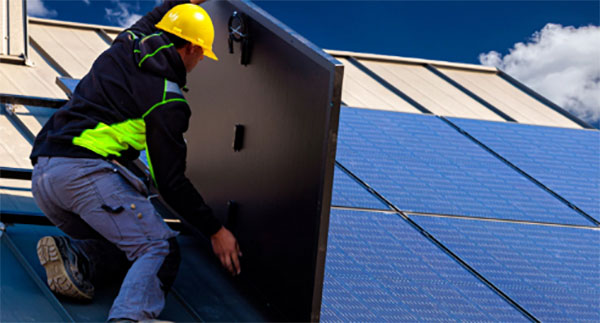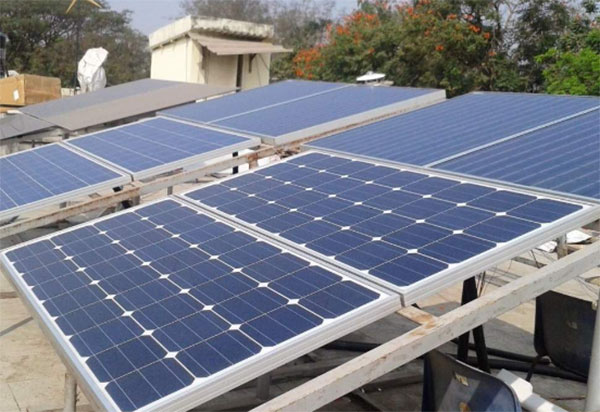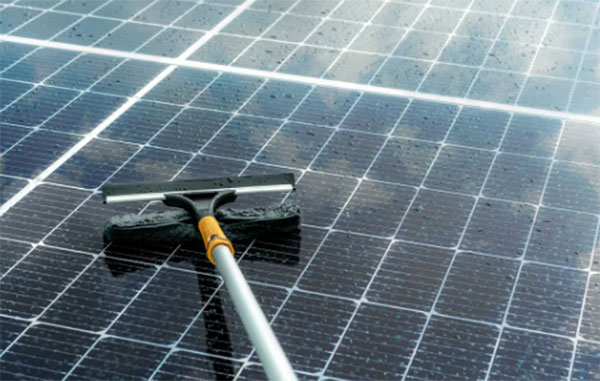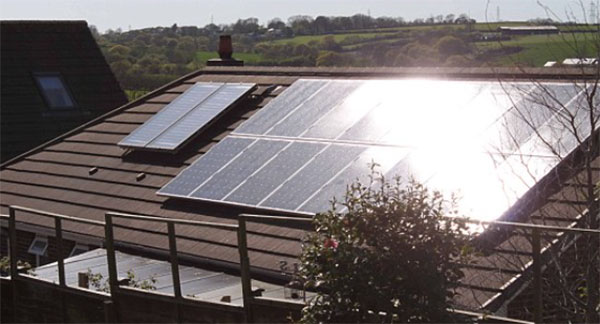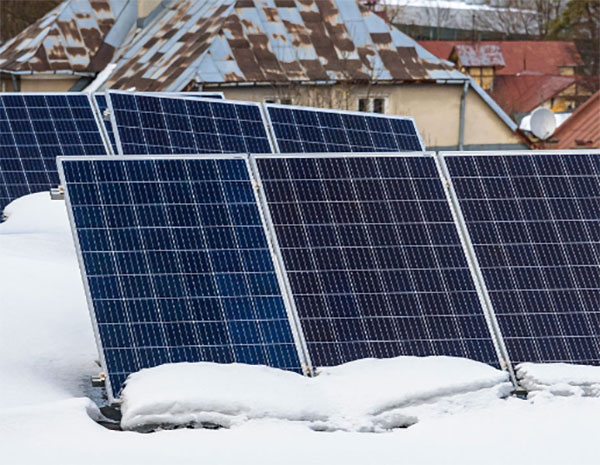Description
The life expectancy of a monocrystalline solar panel is typically 25 to 30 years, with some panels lasting longer.Overview of Solar Panel Durability
Solar panel durability is one of the central conditions that will define your solar energy system’s efficiency and financial viability. The ability of a solar panel to withstand the impact of different environmental stressors will define the panel’s operational life span, as well as overall efficiency and maintenance.
Expected Longevity of Panels
Solar panels are specifically designed to be durable. Most manufacturers provide operational lifetime guarantees with 25-30 years being the common lower bound. In reality, solar panel lifetime is not as definite, and frequently exceeds 30 years. Still, panels being functional after 25 years have a compromised level of efficiency.
Defining the Degradation Rate
The degradation rate of solar panels is their annual output percentage loss. On average, monocrystalline solar panels feature a degradation rate of around 0.5% per year . In practical terms, most solar panels maintain 87.5% or more of their initial capacity after 25 years of operation.
Maintaining Panel Lifetime
A number of important considerations will help maximize the solar panel lifetime. Some of these conditions are related to the panels themselves, while others pertain to the panels’ installation, maintenance, and the environment.
Material Quality: High-quality materials are usually more resilient to the elements and time, remaining stable for longer. As a rule, monocrystalline panels, which are also more efficient, are more durable as well.
Advancements in Technology: Technological advancements often result in more durable designs. For instance, modern panels benefit from a range of coatings and encapsulation materials that are more durable in terms of UV exposure and temperature fluctuations.
Environmental Conditions: Generally, solar panels can withstand a wide array of environmental conditions. However, extreme weather such as hail, intense snow, and strong winds jeopardizes the panels’ integrity and operational lifetime.
Maintenance and Care: Proper dusting and debris removal are important factors in preserving the panels’ efficiency. It is also important to timely react to any damage or signs of wear.
Factors that Influence Panel Life Expectancy
There are many factors that impact the lifespan of solar panels, from climate conditions to the technological quality of the panels themselves. Understanding these factors is vital to maximizing the effectiveness and longevity of solar energy systems. It should be noted, however, that many of the identified factors are interconnected and can affect each other.
Climate/weather factors
One of the purposes of the climate at the site of installation is to affect the solar panels’ physical durability and effectiveness as sources of energy. Being directly exposed to high temperature can lead to a deterioration of the solar cell’s efficiency. A possible effect has been calculated as a loss of 0.25%-0.5% for each ° C above 25^.
Beneficially, solar panels are generally resilient to cold weather and might have improved function due to higher conductivity at low temperatures. Severe weather, primarily hailstones’ impacts, can affect the physical integrity of the panels. The modern devices are capable of withstanding up to 25mm hailstone moving at 23 m/s and usually have no problems with large loads of snow. Nevertheless, these factors affect the panels’ respective lifespans in harsh conditions.
Installation and maintenance
There are also external factors that are dependent on the quality of installation. Solar panels, like most electronic devices, heat up significantly when operating, and improper installation that does not provide ventilation for the heat to dissipate may lead to the panels overheating and might increase the rate of lost efficiency.
The quality of the installation is also important for protection against one of the primary adversarial factors, water, that may seep through the panels and short-circuit them. Apart from the panels functioning correctly from the conditions standpoint, maintenance should be performed regularly.
The necessity of performing maintenance tasks, such as cleaning the panel dust, dirt, and snow, leads to estimates varying between losing 5% and 25% of efficiency when the panel is dirty.
Ensuring Solar Panel Health
One of the best ways to help your solar panels function efficiently for decades is to guarantee their health. Taking appropriate care and applying preventive measures allow doubling the lifespan and cost-effectiveness of the installation.
Suggestions for Panel Maintenance
Regular and timely maintenance is essential for efficient solar energy performance. Since dirt, leaves, or other objects will reduce power output by 25%, they need to be cleaned regularly every month. Homeowners should:
take a soft brush and wipe the surface with soapy water;
avoid using chemical solutions on the panels, as they can be too harsh and scratch or ruin the sun-protective equipment.
Aside from the above-mentioned routine procedures completed by homeowners, professional servicing is required to be fixed. Specialists are the only ones to ensure the efficiency of the application of solar energy by homeowners.
New Opportunities for Efficient Performance
use of the thermal image of the panel, as it helps detect all hot spots that may light up and indicate the potential problems;
checks of all electrical maintenance related to the installation of the solar energy equipment or elements;
Regular visits of specialists can help detect and fix all problems before they become serious and lead to enormous power losses.
Preventive Measures to Guarantee the Longevity
In addition to regular inspection and cleaning, other preventive measures can help guarantee the longevity and appropriateness of their performance. Such steps as:
use of appropriate mounting equipment related to the quality aspects of other details of solar panels;
application of special protective coating polymers on the Solar panels . Such advancements help prevent UV-length and dirt that can both reduce the productivity of installations.
use of regular monitoring instruments that can help a person detect efficiency drops.
Solar Panel Investments
Investing in solar panels is a big financial decision that homes and business owners should consider well, calculating the costs, benefits, and available incentives. In general, the key information to consider is what factors lead to the value and energy efficiency of solar panels.
Assessment of Solar Panel Tiers
The review of costs and place of installations determine the tier of solar panel one should consider. The market of solar panels currently offers tiers of their quality, based on their level of efficiency, manufacturing quality, credibility of the manufacturing company and the innovations used for its products . Thus, the Tier 1 solar panels are the most efficient type of solar panel, manufactured by firms with a good reputation, stable history of production, new innovations, and efficiency usually above 20%.
However, they have a cost higher than the other tiers, $0.45 to $0.55 per watt . The Tier 2 and Tier 3 solar panels are a bit less efficient, with a smaller energy production. The companies that produce them have a shorter history, making them less credible, though the energy is still valuable, and the cost will be around $0.35 per watt or lower . It is essential to choose Tier 1 panels for better long-term investments, especially if the energy needs are tight for a specific space.
Upfront Costs and Long-Term Exercise
The initial cost of the solar panel system includes the panel, inverter, extra mounting hardware, cabling, and installation . In general, the cost starts at about $15,000 to $25,000 for the whole residential property setup, but one should also count the powerful roof construction if it has not been built before the installation.
It is also important to notice the ability of solar panels to cut the costs of electricity bills, which come up to 100%, depending on the property size and the personal energy needs . Considering all these factors, the payback period of investments is about 7 to 8 years of return, after which the energy is practically free. Additionally, different states and electricity providers move various rebates and incentives which shorten the payback period.
Rebates, incentives, payback periods
All governments and utilities provide solar installations with different rebates and incentives . For example, the federal tax credit allows paying 26% less for the installation of solar panels, while some states have more tax credits, rebates, and even performance-based incentives.



